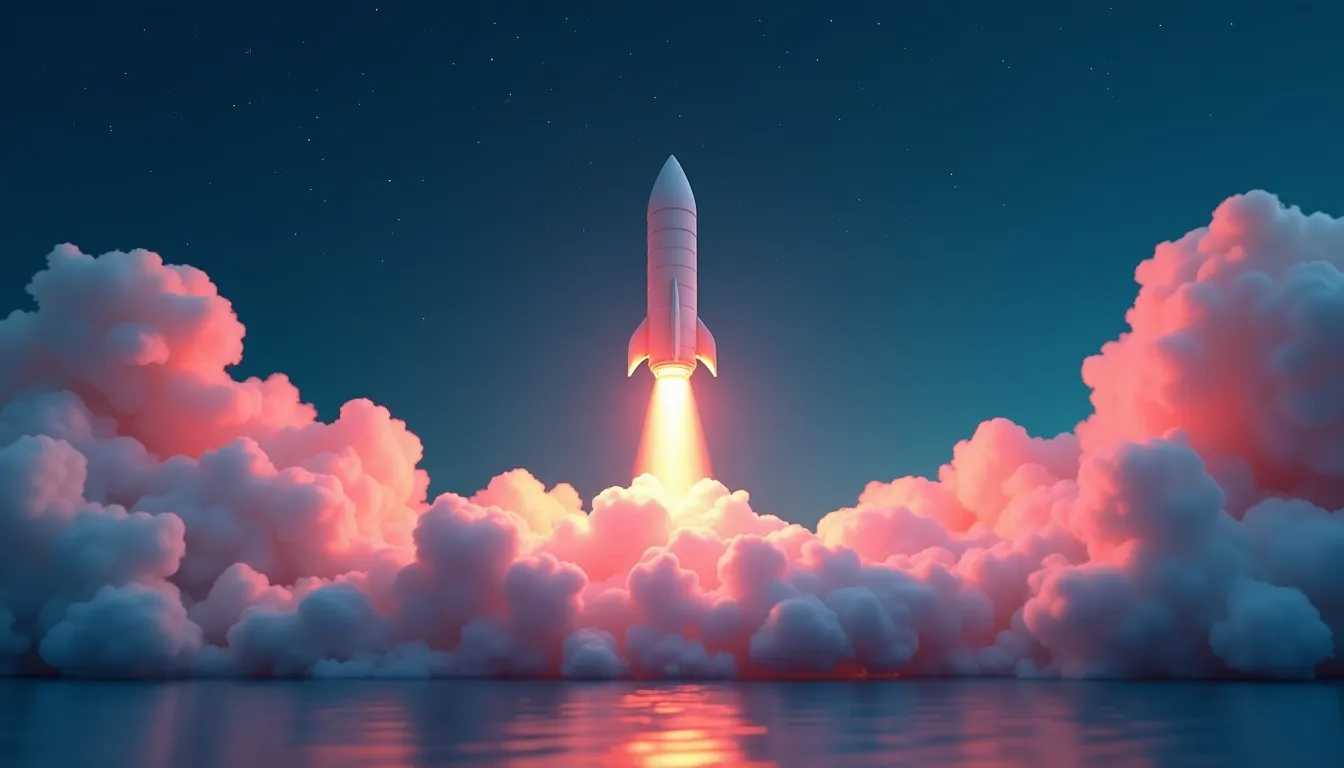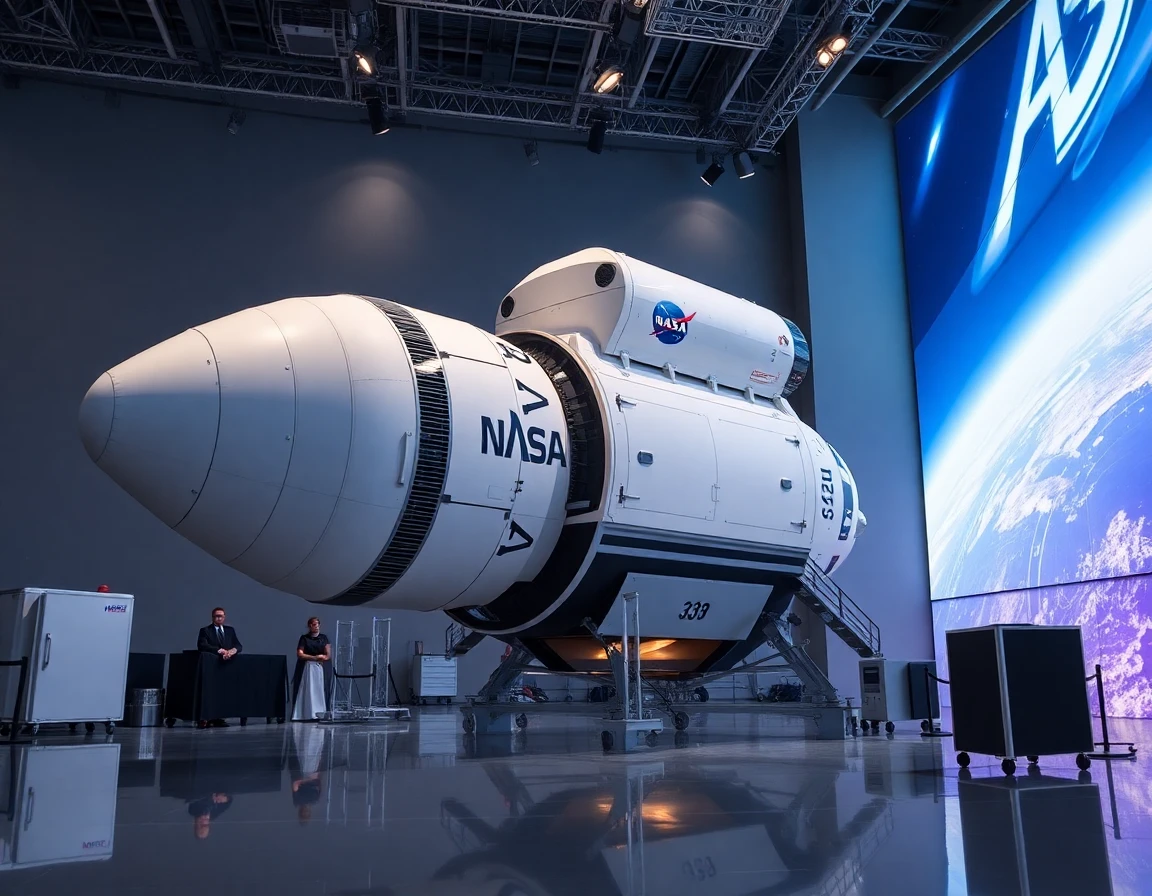September 2025: A Landmark Month for Rocket Launches and Technology Advancements
September 2025 witnessed a flurry of activity in the aerospace and defense sectors, particularly concerning rocket launches and technological innovations. Major players such as SpaceX, Northrop Grumman, and international collaborators made headlines with significant developments that promise to shape the future of space exploration and satellite deployment. This article delves into the milestones achieved, the technologies employed, and the implications for the industry.
SpaceX Achieves New Milestones
On September 5, 2025, SpaceX celebrated a historic milestone with the successful landing of its 500th booster during a Starlink mission. This achievement underscores the company’s commitment to reusable rocket technology, which not only enhances operational efficiency but also significantly reduces costs associated with orbital launches. The Falcon 9 rocket, known for its reliability and performance, continues to set the standard in the industry.
The momentum carried forward with the launch of a Falcon 9 rocket from Vandenberg Space Force Base on September 13, 2025. This mission successfully deployed 24 Starlink V2 Mini satellites into low Earth orbit, further expanding SpaceX’s broadband internet constellation. With each launch, SpaceX moves closer to achieving its goal of providing global internet coverage, leveraging advanced technologies such as precision accelerometers and advanced sensor modules to ensure optimal performance during flight.
On September 14, 2025, another Falcon 9 Block 5 rocket successfully launched the Cygnus XL cargo spacecraft from Cape Canaveral. This mission was part of NASA’s Commercial Resupply Services 23 initiative, delivering over 11,000 pounds of scientific investigations and cargo to the International Space Station (ISS). The Cygnus XL spacecraft, designed by Northrop Grumman, exemplifies cutting-edge aerospace engineering with its advanced navigation systems and robust control mechanisms.
International Collaborations and Developments
The global landscape of rocket technology is also evolving, with significant partnerships and developments emerging from Europe and Asia. On September 7, 2025, Astrobotic Technology and Andoya Space formalized a Launch Site Agreement aimed at establishing reusable rocket operations at Andoya, Norway. This initiative is expected to enhance European access to space, reflecting a growing trend towards sustainable launch solutions.
Kongsberg Defence and Aerospace also made strides by securing a contract to provide critical hardware for the Ariane 6 launch system. This next-generation heavy-lift rocket is designed to enhance Europe’s launch capabilities and competitiveness in the global aerospace market. With features like high-precision advanced navigation systems and advanced sensor modules, Ariane 6 is set to redefine heavy-lift missions.
Meanwhile, China marked its presence in the space race by conducting two successful satellite launches on September 7, 2025. These missions, executed from different spaceports, demonstrate China’s expanding capabilities in satellite deployment for both testing and operational purposes. The rapid advancement of rocket technology in China is a clear indicator of the shifting dynamics in the international aerospace landscape.
Innovative Experiments and Technology Demonstrations
In a groundbreaking move, a New Zealand-built experiment named Hēki launched aboard a SpaceX Falcon 9 rocket on September 14, 2025. This experiment, designed to test superconductor magnets for future spacecraft propulsion, represents New Zealand’s first payload of this kind on the ISS. The integration of advanced technologies, such as high-performance CMOS imaging systems, ensures precise data collection and analysis during the experiment.
Moreover, the Cygnus XL mission facilitated the deployment of multiple technology demonstration satellites from esteemed universities, including Yale, Cornell, and Embry-Riddle Aeronautical University. These satellites focus on radio astronomy, technology validation, and various scientific objectives, showcasing the collaborative efforts between academia and industry in pushing the boundaries of space research.
Upcoming Operations and Future Outlook
Looking ahead, the Cygnus XL spacecraft is scheduled for robotic capture by NASA astronaut Jonny Kim on September 18, 2025, utilizing the ISS Canadarm2. This meticulous operation underscores the importance of precision in spacecraft handling and the advanced technologies that facilitate such missions.
As the aerospace industry continues to evolve, the integration of cutting-edge technologies, including quartz MEMS gyroscopes and thermal battery systems, will play a crucial role in enhancing the capabilities of future rocket systems. The ongoing advancements in reusable rocket technology, international collaborations, and innovative experiments are paving the way for a new era in space exploration and commercial spaceflight.
Conclusion
September 2025 has proven to be a pivotal month for the aerospace sector, highlighting significant achievements in rocket launches and technological advancements. As companies like SpaceX and their international counterparts push the boundaries of what is possible, the future of space exploration looks promising. With continued investment in innovation and collaboration, the next decade is set to witness unprecedented developments that could redefine our understanding of space and its potential.
References
-
NASA, Northrop Grumman “Go” to Proceed with Cygnus XL Station … (www.nasa.gov) - 9/18/2025 The Cygnus XL spacecraft launched at 6:11 p.m. on Sept. 14 on a SpaceX Falcon 9 rocket from Space Launch Complex 40 at Cape Canaveral Space …
-
September 2025 - Spaceflight Now (spaceflightnow.com) - 9/18/2025 Launch preview: SpaceX to launch new, improved Northrop Grumman Cygnus XL resupply ship to the space station · September 14, 2025 Will Robinson-Smith.
-
Rocket Science News and Technology - Space Daily (www.spacedaily.com) - 9/15/2025 SpaceX Saturday Starlink launch on schedule. Washington DC (UPI) Sep 13, 2025 ; First reusable US launcher set for European base at Andoya Los Angeles CA (SPX) …
-
SpaceX rocket carries Lower Hutt-built experiment to ISS | RNZ News (www.rnz.co.nz) - 9/15/2025 A Kiwi-built experiment is heading to the ISS to test superconductor magnets that could one day power spacecraft to Mars.
-
Cygnus XL Cargo Craft Launches on Falcon 9 Rocket to Station (www.nasa.gov) - 9/15/2025 Live coverage of the spacecraft’s arrival will begin at 5 a.m. on Wednesday, Sept. 17, on NASA+, Amazon Prime, and more. Learn how to watch NASA …
-
What’s Happening in Space Policy September 14-20, 2025 (spacepolicyonline.com) - 9/15/2025 Here is SpacePolicyOnline.com’s list of space policy events for the week of September 14-20, 2025 and any insight we can offer about them.
-
SpaceX launches Indonesian communications satellite following … (spaceflightnow.com) - 9/10/2025 SpaceX’s Falcon 9 rocket streaks across the sky on Thursday, Sept. 11, 2025, to begin the Nusantara Lima mission.
-
List of spaceflight launches in July–September 2025 - Wikipedia (en.wikipedia.org) - 11/28/2024 This article lists orbital and suborbital launches planned for the third quarter of the year 2025, including launches planned for the third quarter of 2025 …
-
Launches - SpaceX (www.spacex.com) - 11/26/2022 Upcoming launches ; Starlink Mission. Falcon 9, SLC-40, Florida, Droneship, September 21, 2025 ; NROL-48 Mission. Falcon 9, SLC-4E, California, Landing Zone …



